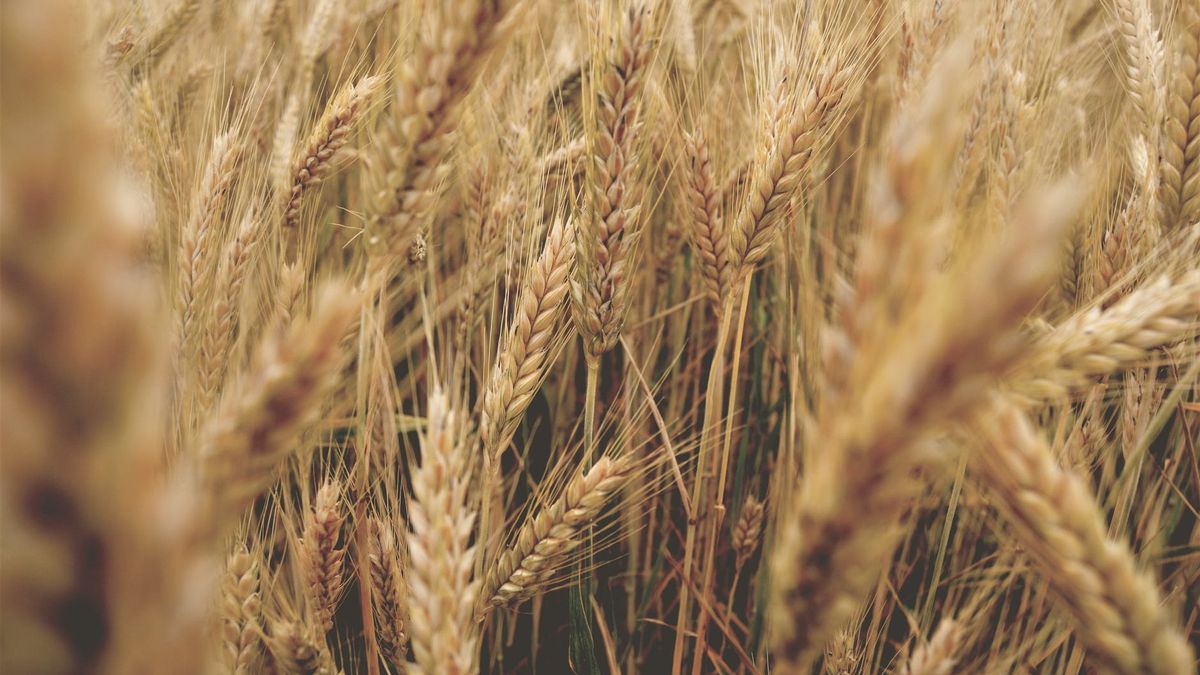A report from Institute of Economic Studies (IIEE) of the Rural Society establishes that in the 2022/23 campaign, 5.1 million hectares were planted with wheat, one million less than the previous campaign, and 11.6 million tons were produced, which marks a 48% drop compared to last season.
In the report, the IIEE explained that The planted area fell by one million hectares due to the drought, but also because in some areas barley and other crops were chosen due to the lack of signals in the wheat market, at the time of the planting decision.
“Last season, limits were established on exports for ten million tons. The exporters advanced foreign sales declarations that were later extended. Measures that, to this day, are still in force, preventing the producer from capturing the full price of the product,” the report noted.
The work maintains that producers need “maintain comparative advantages and be able to have a competitive product in the market (Brazil is already exporting wheat)”, in order to generate a better economic market.”
In this regard, the president of the SRA, Nicolás Pino, stated that “the market is paralyzed without positive signs for the development of the chain and a clear example is that the milling capacity has not grown in the last two decades despite the protection it has had from public policies”.
Pino said the milling industry had “export rights, price agreements, breakeven volumes and permit restrictions, among others.”
For his part, the entity’s vice president, Marcos Pereda, said that “producers are going to harvest wheat with a new government and they still don’t know what those who are going to take office are going to do.”
“We need clear signals, which we do not have today, that are oriented towards the normal functioning of the markets, a unified exchange rate, without export rights and quotas,” Pereda maintained.
According to the report, for the market to function normally throughout the year “it is necessary to guarantee competition between the different players” and “in addition, to continue diversifying export destinations which reduces market risk”.
What does the Ministry of Economy expect about the harvest?
The national government is betting that in the fine campaign, which will begin in the coming weeks, there will be an increase in the area planted with wheat through the implementation of a series of “incentives” and facilities for producers, so that have access to the necessary inputs to start planting.
In this context, the potential inconvenience is again the climate, because the amount of existing water is far from optimal in a considerable part of the central agricultural region, due to deficient rains in April that did not allow a recomposition of humidity after the extreme drought, which generates uncertainty in the sector.
Last Thursday, the Economy Minister, Sergio Massa, In an act held in Navarro in which he announced the implementation of measures for the poultry and dairy sector, he also advanced a series of initiatives to boost wheat production.
Massa said that progress will be made in a reform of Communication 7720 of the Central Bank, in order to improve access to credit, together with a modification of the amounts to access larger loans.
In this line, it was also anticipated that a program of financing exchange with producers and exporters will be worked so that their productions can be used as a payment instrument in the acquisition of fertilizers, agrochemicals and other inputs.
Source: Ambito




